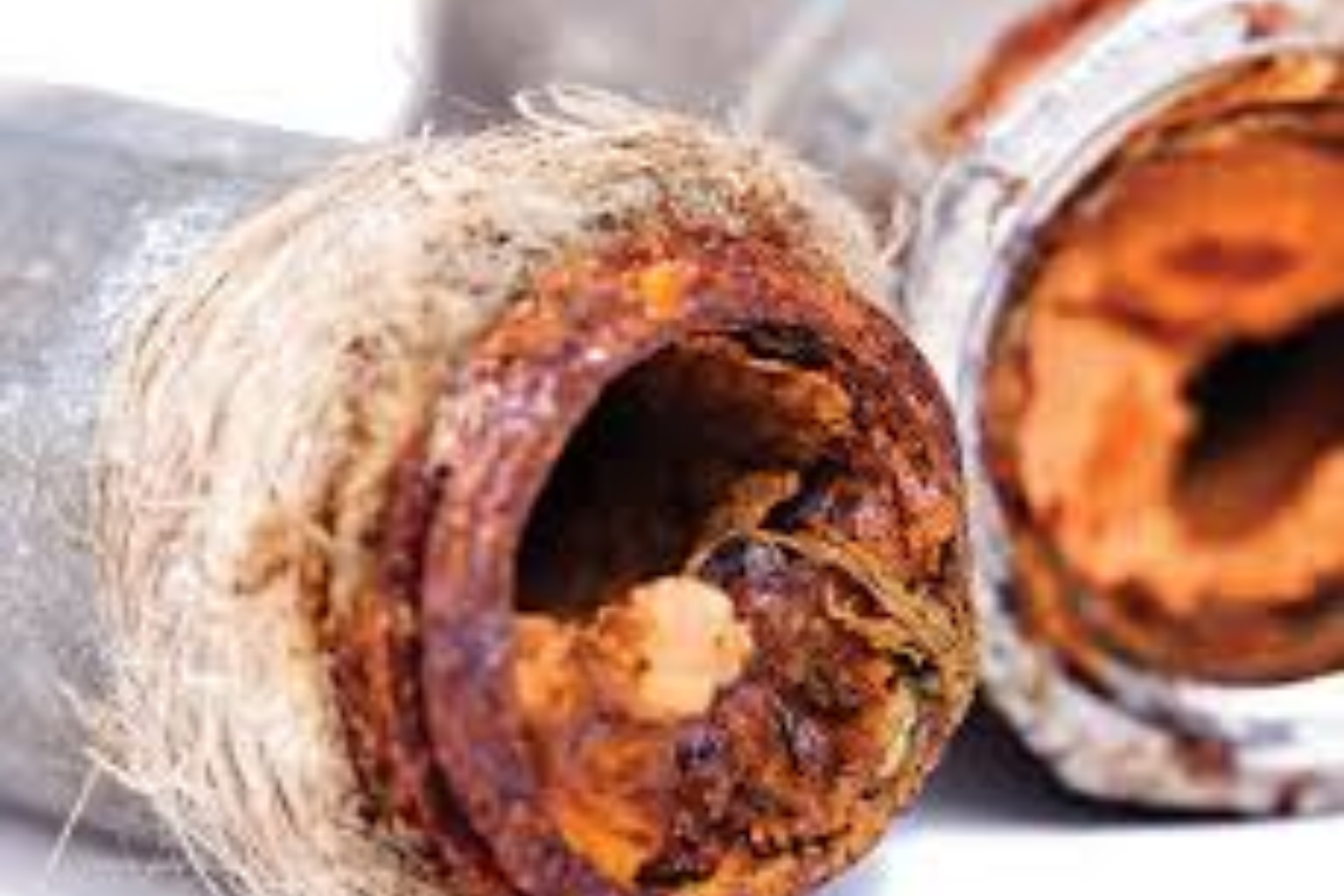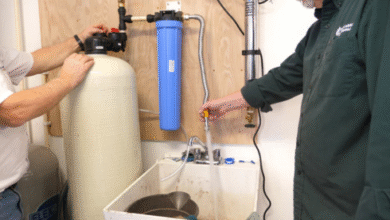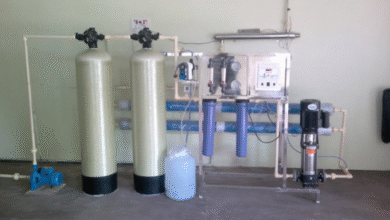When Iron Sneaks Into Your Water: What You Can Do About It

If you’ve ever turned on the tap and noticed a reddish tint in your water, or maybe spotted stubborn orange streaks in your sink, you’ve already met the quiet intruder: iron. For many homeowners, dealing with this mineral isn’t just about taste or appearance—it’s about the small but frustrating ways it interferes with daily life. Left unchecked, iron in your water can damage plumbing, discolor laundry, and even change how your coffee or tea tastes in the morning.
The tricky part is that iron doesn’t always announce itself loudly. Sometimes it’s subtle—water that looks perfectly clear, but still leaves marks on your shower tiles or gives off a faint metallic tang. Other times, it’s impossible to miss. Either way, the problem of iron rust in water treatment has been puzzling people for generations. And while technology has made it easier to manage, there’s no one-size-fits-all solution.
Why Iron Becomes a Problem in the First Place
Iron isn’t inherently bad. In fact, it’s a nutrient your body needs. But when it shows up in your water supply, things get complicated. Groundwater often picks up iron as it flows through soil and rock, especially in areas with high natural deposits. Once that water finds its way into your pipes, well, that’s when you notice the side effects.
Depending on its form, iron in water behaves differently. “Clear water iron” may look fine coming out of the faucet, but once it’s exposed to oxygen, it oxidizes and stains. “Red water iron,” on the other hand, is already oxidized, so the discoloration shows up immediately. Then there’s iron bacteria, which thrive in water and produce a slimy residue that clogs plumbing and gives off a swampy odor. None of these are pleasant house guests.
Everyday Signs You’re Dealing With Iron
You don’t have to be a water specialist to know when iron is hanging around. Just keep an eye out for the clues:
- Orange or brown streaks in sinks, tubs, or toilets that don’t scrub off easily.
- Laundry that comes out of the wash with yellow or rusty patches.
- Drinking water with a metallic aftertaste.
- Reduced water pressure because of clogged pipes or fixtures.
If any of this sounds familiar, you’re not alone. Homeowners across the country have dealt with it. The good news? You don’t have to live with it forever. There are practical ways to remove iron from water without replacing your entire plumbing system.
How to Handle Iron Before It Takes Over
The right approach depends on how much iron is in your water and in what form. A water test is usually the first step—it tells you exactly what you’re dealing with so you don’t waste money on solutions that won’t work.
For low levels of iron, water softeners can sometimes do the trick. They’re designed to reduce hardness, but certain models can also filter out small amounts of iron. For higher levels, oxidation filtration systems are often more effective. These systems use air, chlorine, or another oxidizing agent to change dissolved iron into solid particles, which are then trapped in a filter.
And then there are dedicated iron filters, built specifically to target the problem. These systems vary, but many combine filtration with backwashing to keep the media clean. The key is matching the system to the type of iron in your water, because what works for one household may do nothing for another.
The Hidden Costs of Ignoring Iron
Let’s be honest—it’s tempting to shrug off water issues, especially if they don’t seem “serious.” But ignoring iron rarely pays off. Over time, it eats away at fixtures, increases wear and tear on appliances, and can even affect resale value if you ever decide to sell your home. Nobody wants to walk into a bathroom and see orange stains as their first impression.
It’s not just about looks, though. Appliances like washing machines, dishwashers, and water heaters struggle when they’re constantly fighting iron buildup. What seems like a small nuisance can end up costing hundreds, sometimes thousands, in repairs or replacements. And that’s not even counting the endless scrubbing and frustration.
Finding a Long-Term Fix
Quick fixes are fine for temporary relief, but water problems are usually long-term. If iron has made its way into your home, it’s likely to keep coming back unless you address it directly at the source. That’s why many homeowners invest in professional testing and treatment systems instead of relying on endless scrubbing and bottled water.
Some companies now specialize in what’s known as an iron stain water solution, offering customized treatments for specific water supplies. This is where local expertise matters—what works for a well in rural farmland might not be right for a suburban home on a community system. Tailoring the fix to your situation makes all the difference.
Final Thoughts
Living with iron in your water is a bit like having a noisy neighbor. At first, you try to ignore it, but over time, the little annoyances start piling up until you can’t anymore. The stains, the taste, the clogged pipes—they’re all reminders that the problem won’t solve itself.
The good news is that you don’t have to tolerate it. With the right testing and treatment system, you can reclaim your clean, clear water and stop worrying about rust-colored surprises. Think of it as an investment, not just in your plumbing, but in your peace of mind.
So, the next time you notice an orange streak or taste that metallic tang, don’t shrug it off. It’s your water sending you a message—and the sooner you listen, the sooner you’ll get back to enjoying every glass, shower, and load of laundry without the shadow of iron lurking in the background.



